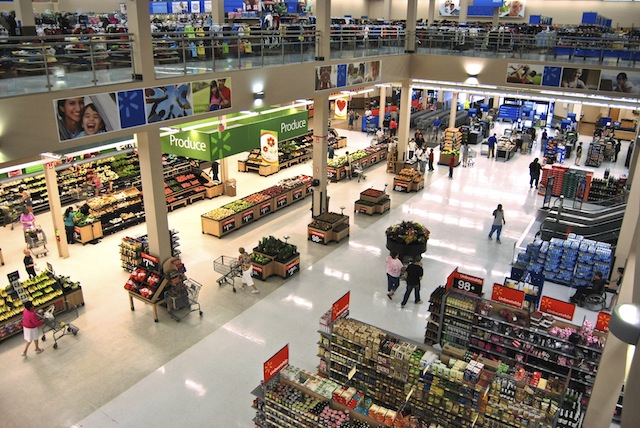One of the features of the late Twentieth Century economy was how consumer spending came to dominate the economy – as manufacturing moved offshore, mines closed down and agriculture became largely automated, many developed nations’ growth came from retail spending.
Today’s release of retail spending figures by the Australian Bureau of statistics shows how that economic model too has come to an end. A post on the Macrobusiness blog illustrates the steady, structural decline of retail spending in Australia.

Since 2000, the rate of growth has been declining, only low interest rate policies over the last two years has kept retail sales at a steady level.
Those businesses whose business models are built on the assumption of high growth rates have a big problem – its no coincidence it’s the department and clothing stores are among the loudest complainers about taxes, labour costs and rents as they see their sales and profits shrinking.
Basically the Twentieth Century era of consumption has come to an end as households have maxed out their credit cards. Now that many of those households are now older, they simply don’t need to spend as much anyway.
With the demographic, economic and cultural changes now happening in society it’s a bad time to be planning on massive expansions in household spending and debt as we say in most western countries from the 1960s onward.
It’s time to think different, and be a lot smarter about getting consumers to buy your products. The era of the 72-month interest free deal is over.

Leave a Reply